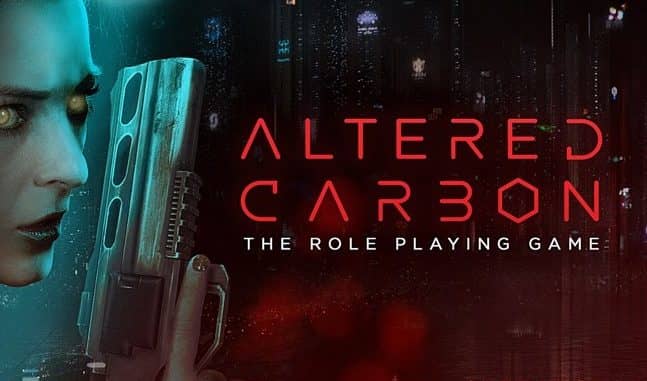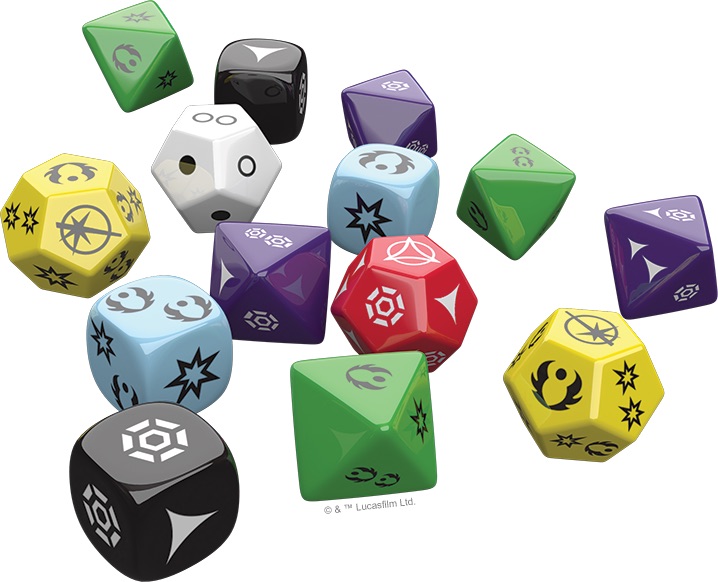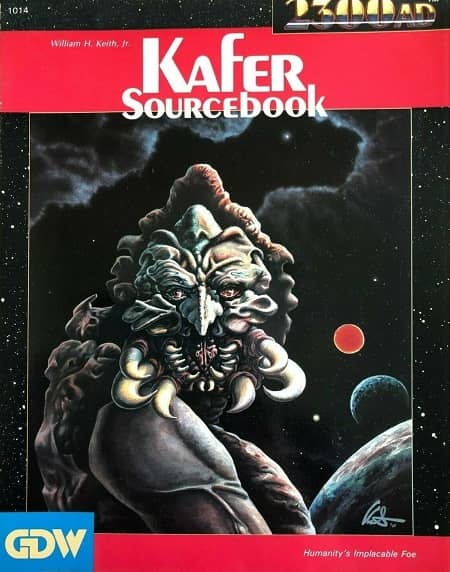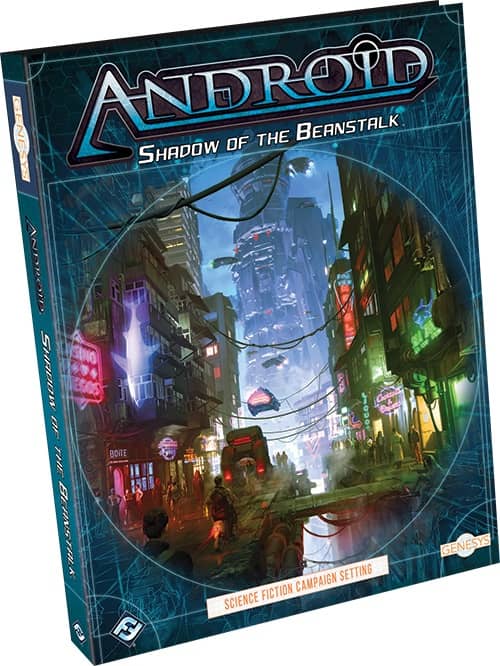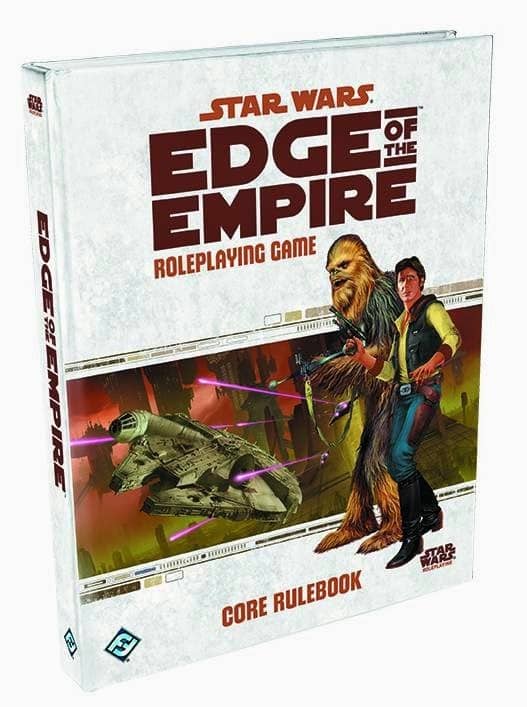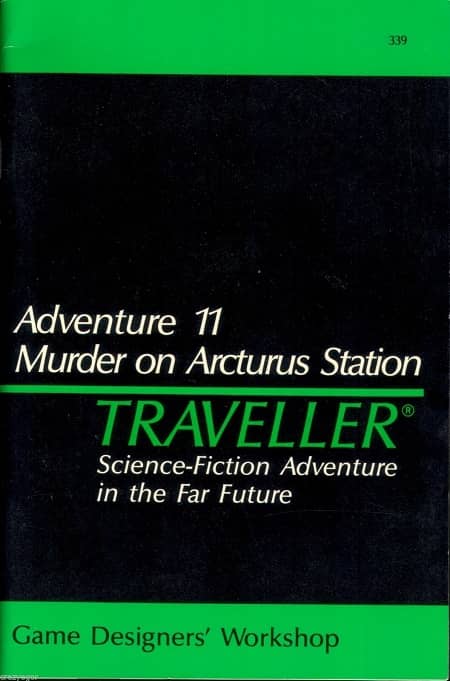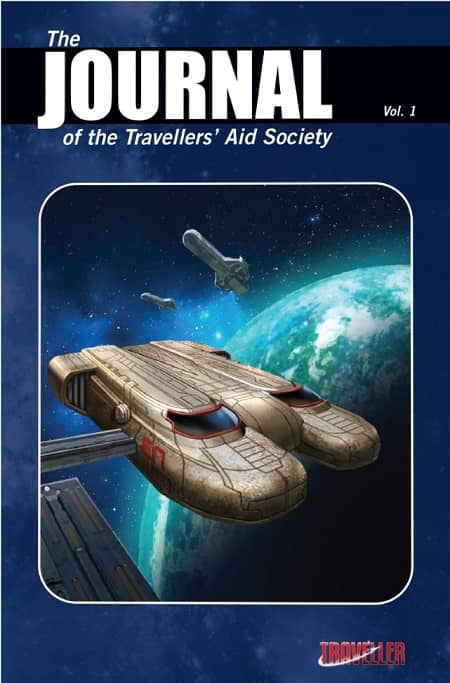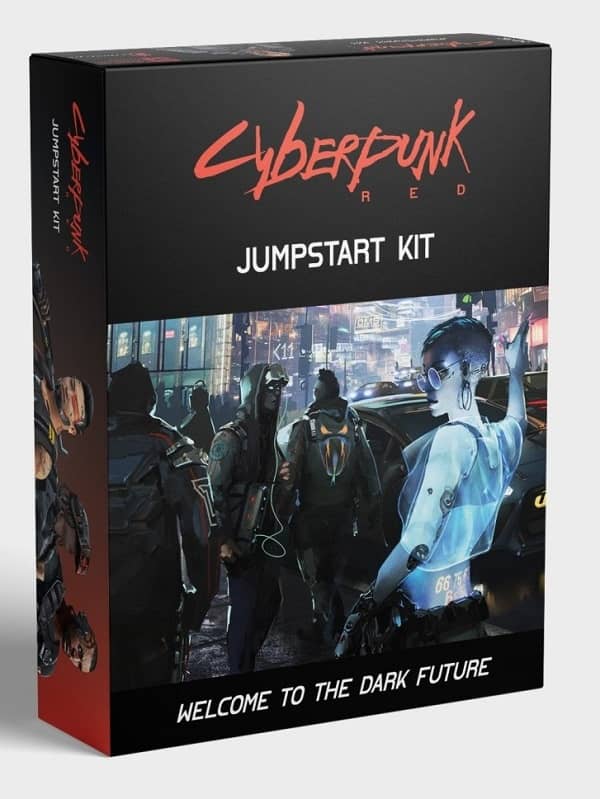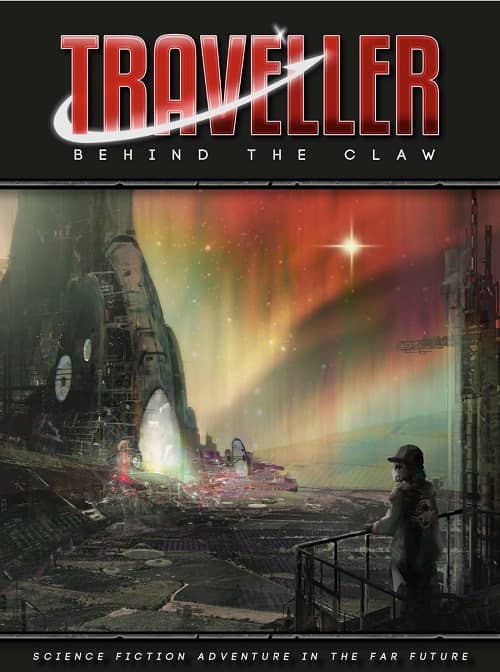Flipping the Game: Uncertain Rolls in Traveller
Traveller5 Core Rules, three volumes, 2019
Marc Miller
Far Future Enterprises
I was running a Traveller game the other night. My brother was playing in it and wanted to camouflage his characters — they had just crash landed their shuttle and fled approaching raiders — to avoid discovery. I asked him to make a roll based on his skills and characteristic. He rolled his two six-sided dice, and he did not hit the targeted number.
Tabletop role playing games — by and large — use dice rolls to add randomness to the success or failure of character actions. The dice are modified by character skills and attributes, environmental conditions, and other factors. From the perspective of the player, the results are often binary: succeed or fail — though some games introduce degrees of success or failure in a number of ways (most famously Dungeons & Dragons critical successes and failures by rolling a 20 or 1 on the twenty-sided die). Of course, many situations in real life have a level of ambiguity or uncertainty to the successor failure of actions.

